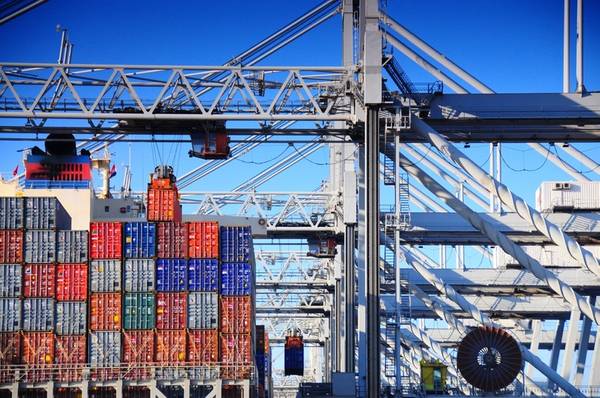UK P&I Club Risk Assessor David Nichol discusses the carriage of dangerous goods and issues associated with misdeclaration.
Data captured by the Cargo Incident Notification System (CINS) over the 2013- 2014 period indicates that 27 percent of incidents in terms of detected causation were attributable to cargo being mis-declared, second only to poor packaging.
All dangerous goods must be carried in accordance with the provisions of the International Maritime Dangerous Goods (IMDG) Code, which is a set of globally accepted rules that enables packaged dangerous goods to be carried safely by sea.
As around 10 percent of all container cargoes constitute dangerous goods, virtually all container ship services fall within the scope of the Code.
It is imperative for the safety of the ship and crew that all necessary steps are taken to handle and stow dangerous goods in such a way that reduces the risk of an emergency incident and that, in the event of fire, the crew have the information they need to respond quickly with the appropriate fire-fighting measures. To enable this, a ship’s master must be provided with a correct, universally recognised description of the goods and the potential hazards they may present.
The following factors contribute, either individually or in combination to cause incidents:
- Mis-declaration or non-declaration by shippers
- Quality and selection of packaging
- Provision and accuracy of documentation and labelling
- Professionalism of the container packing process
- Human factors – regional, cultural and company attitudes to good practice and compliance
- Unchecked irregularities in the product production process
- Mis-handling or dropping containers
Taking one current issue, calcium hypochlorite is an oxidizing agent and is designated a Class 5.1 oxidiser in the IMDG Code. However, it is unstable and undergoes exothermic decomposition at elevated temperatures which can result in serious fires and explosions. There have been instances where calcium hypochlorite has been mis-declared as calcium chloride and other names encountered have included BK Powder, bleaching powder, CCH, disinfectant, Hy-chlor, Chloride of lime or Chlorinated lime.
It is a requirement of the IMDG Code that cargoes are declared by their ‘Proper Shipping Name’, to combat issues of mis-declaration. Calcium hypochlorite is a Proper Shipping Name and as such should only be carried under that name with the appropriate UN number.
The International Group of P&I Clubs and the shipping line members of the Cargo Incident Notification System (CINS) have recently produced a new set of guidelines for the carriage of calcium hypochlorite in containers. It is hoped that these new guidelines will be seen as providing a clearer and more logical step-by- step guidance from issues surrounding cargo hazards, categorisation under the IMDG Code, container selection, container packing and stowage on board ship.



